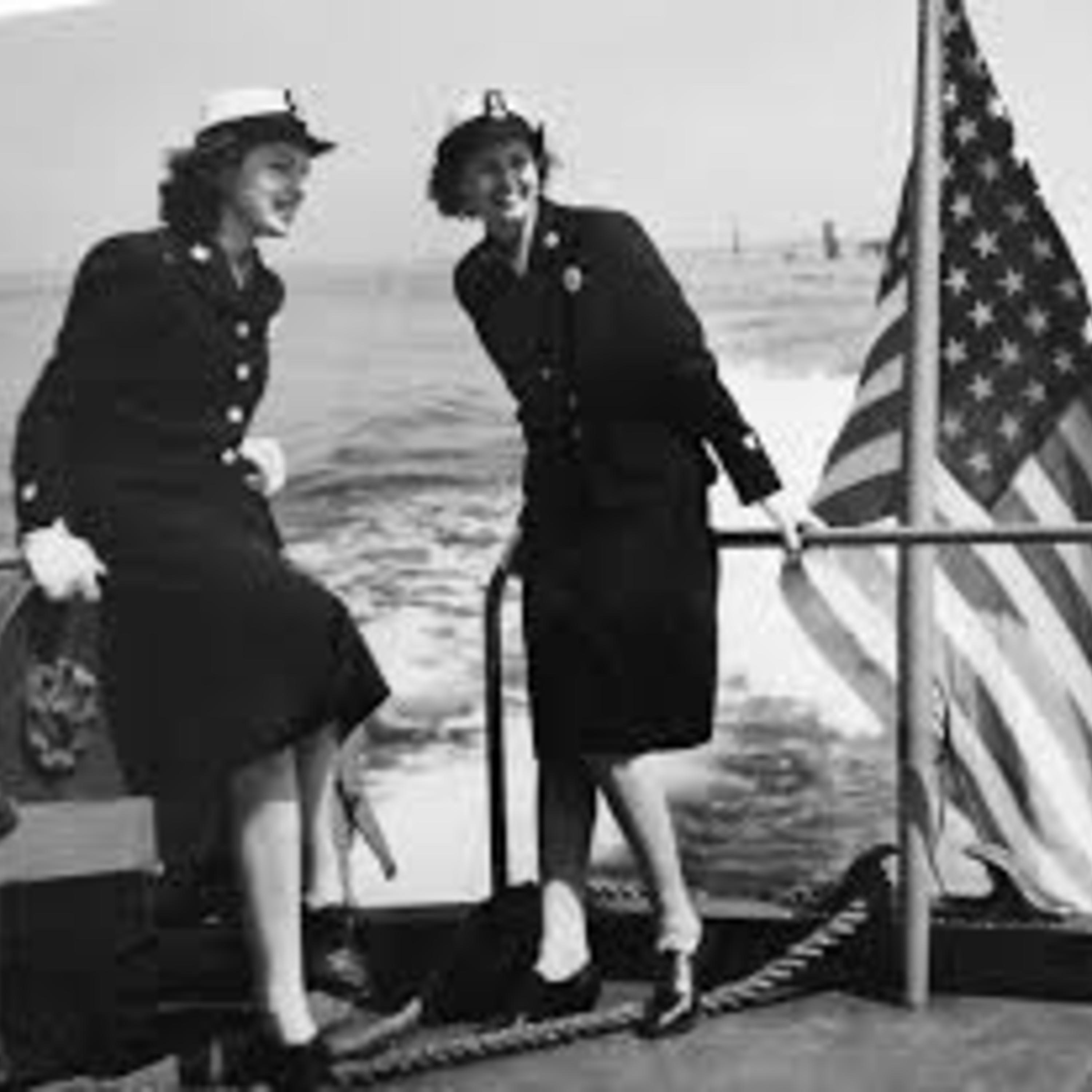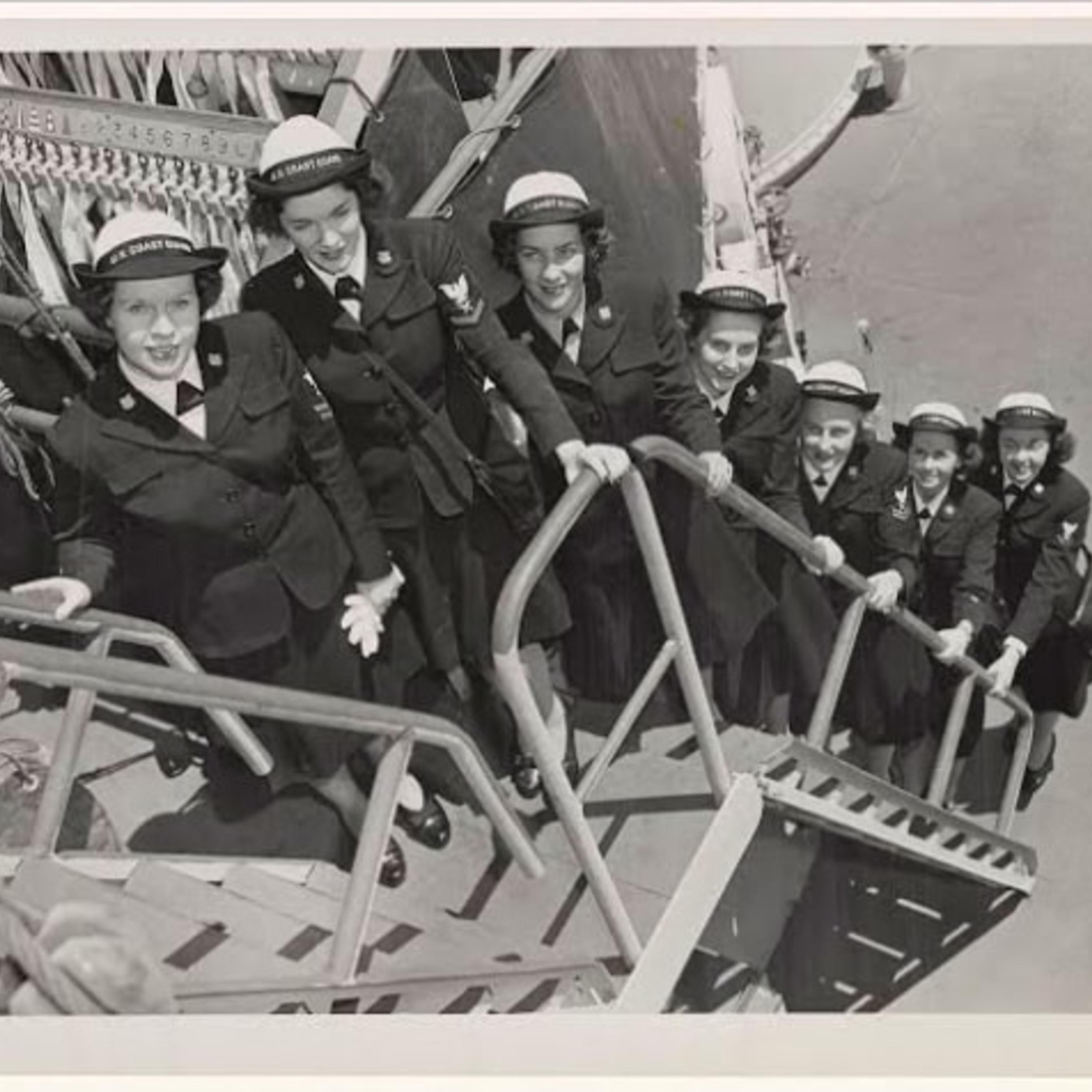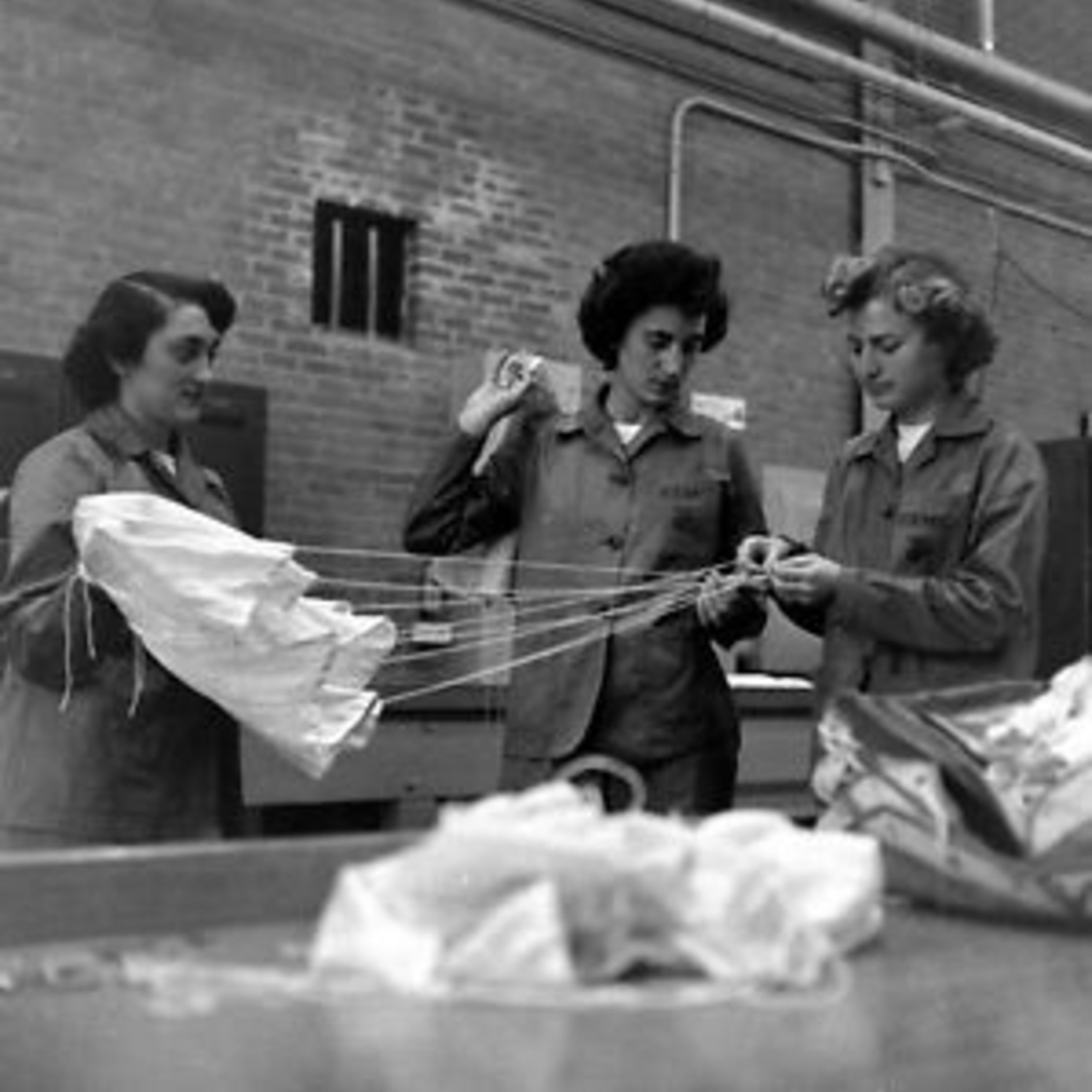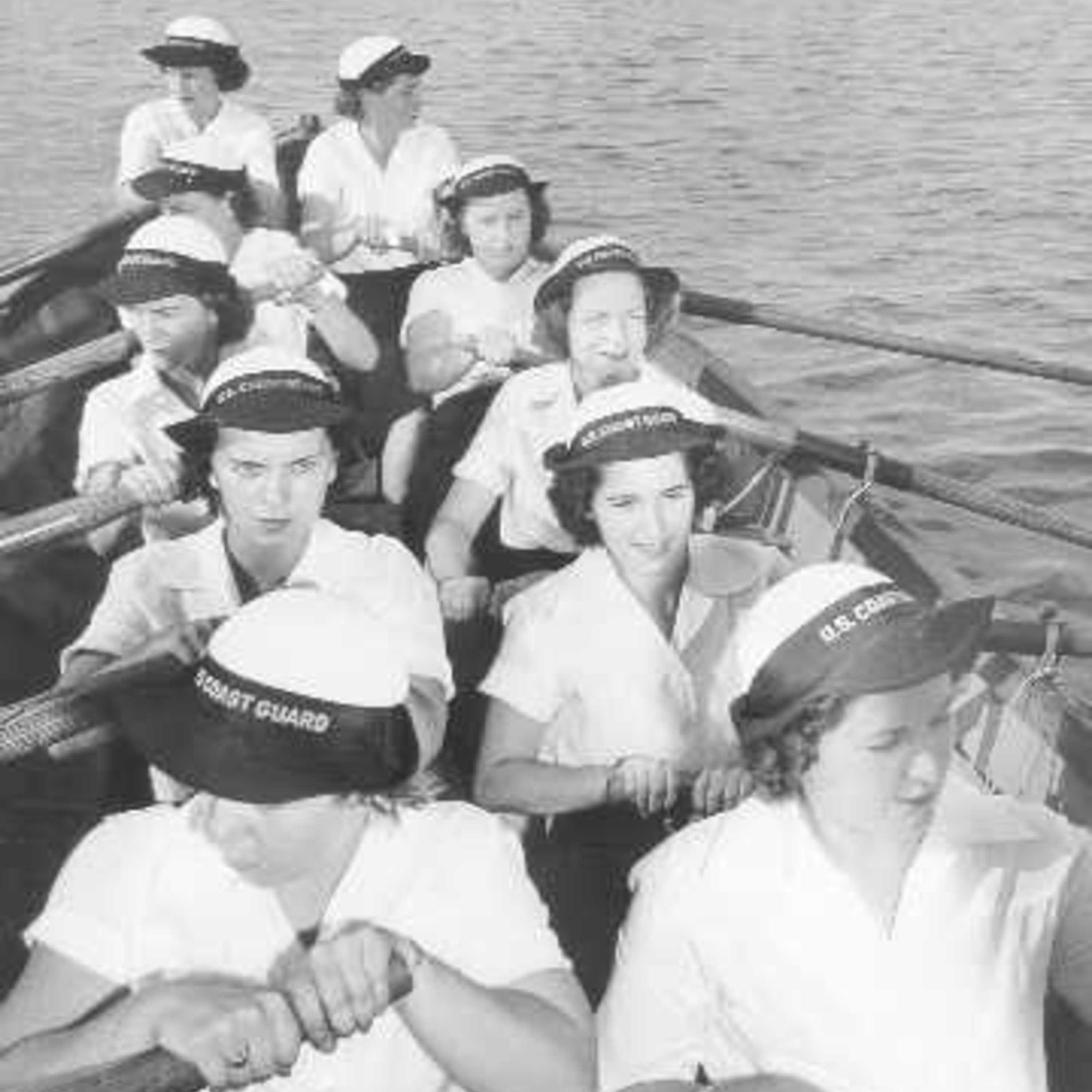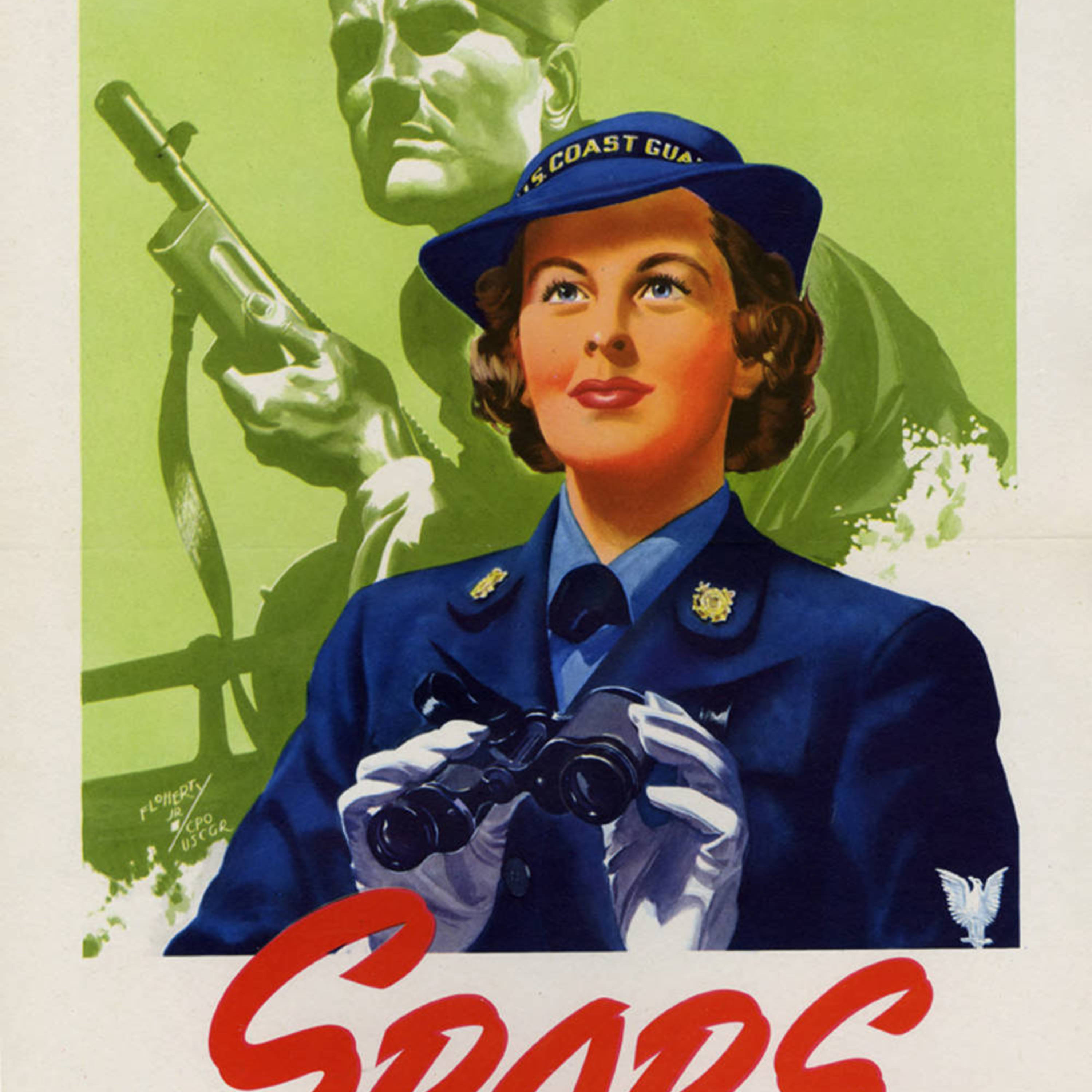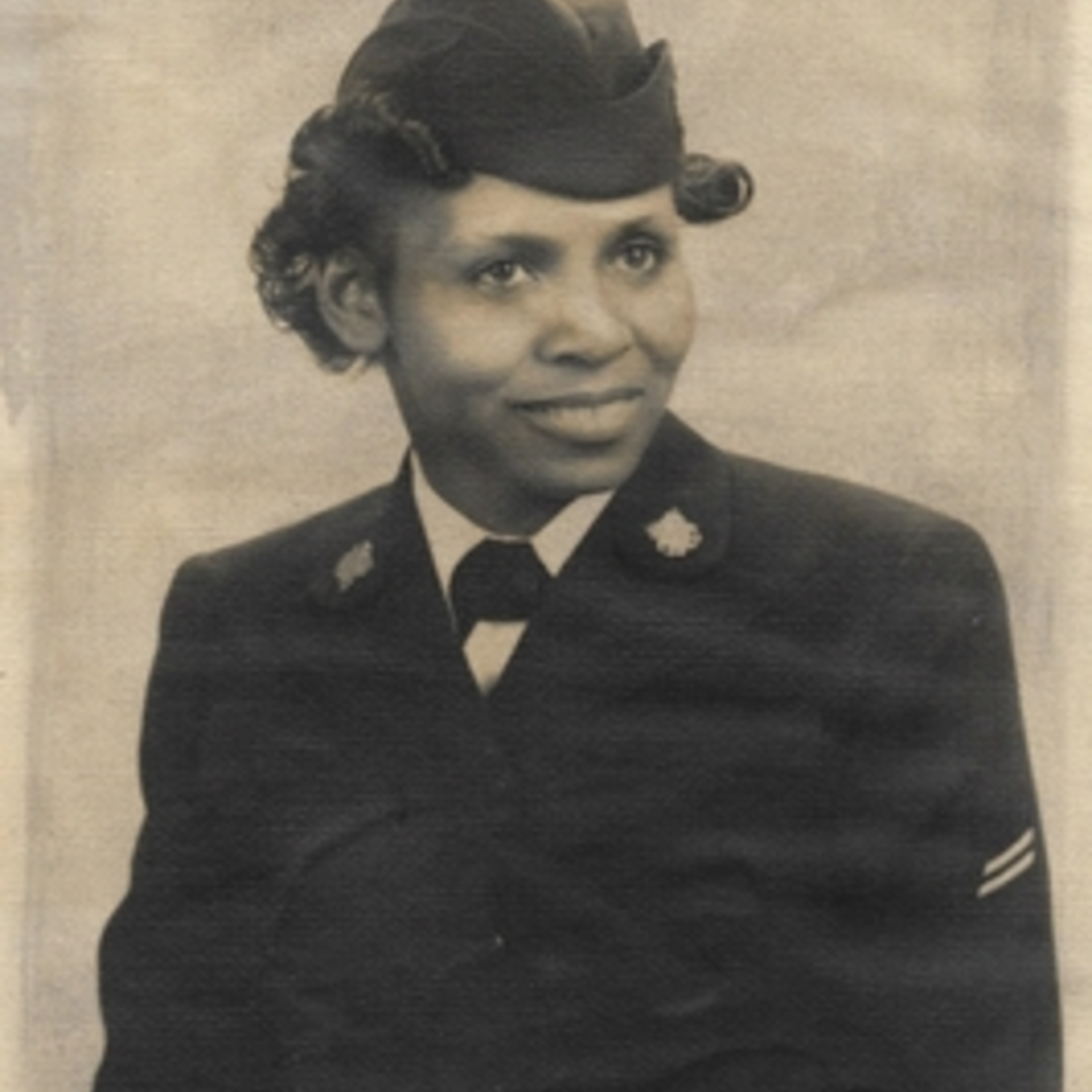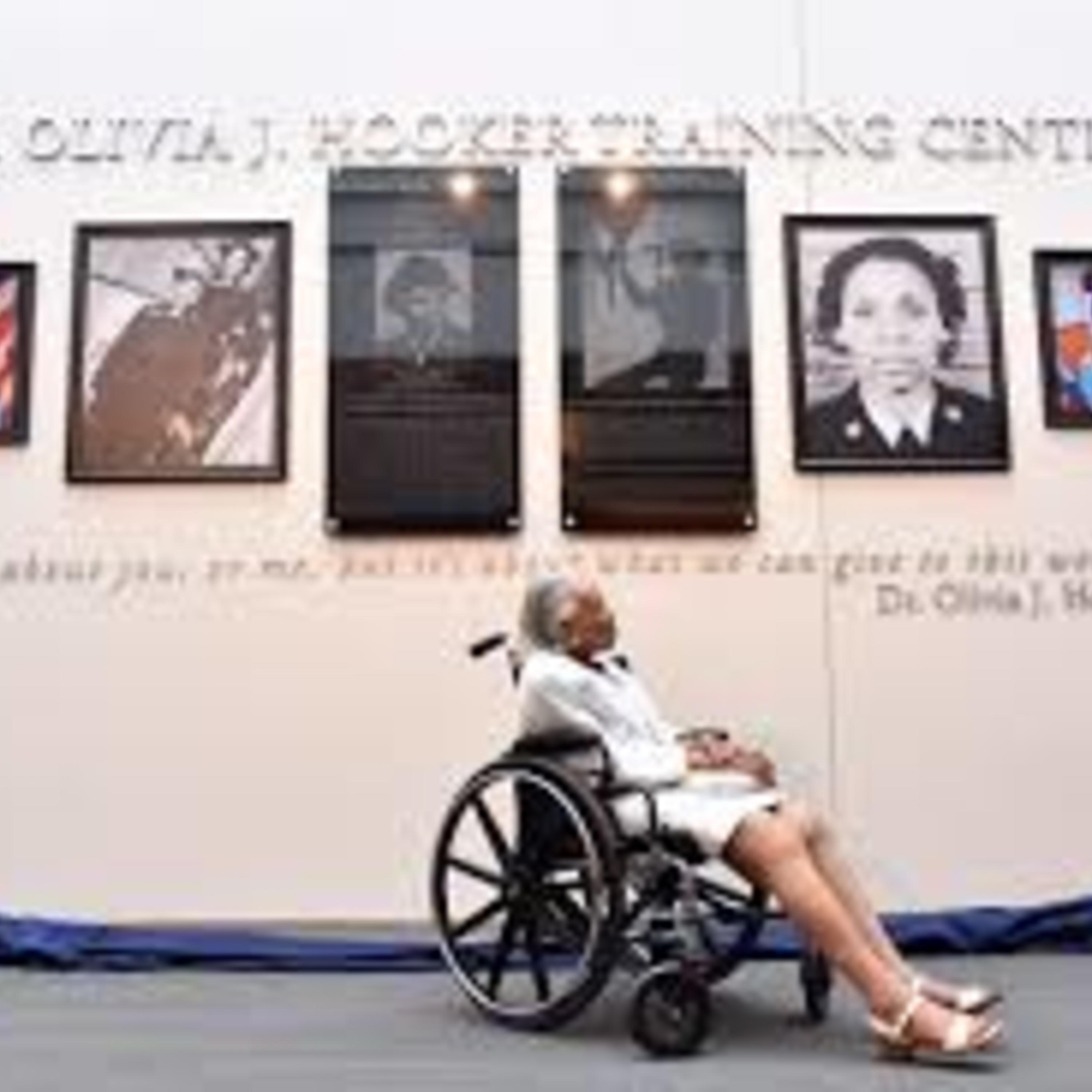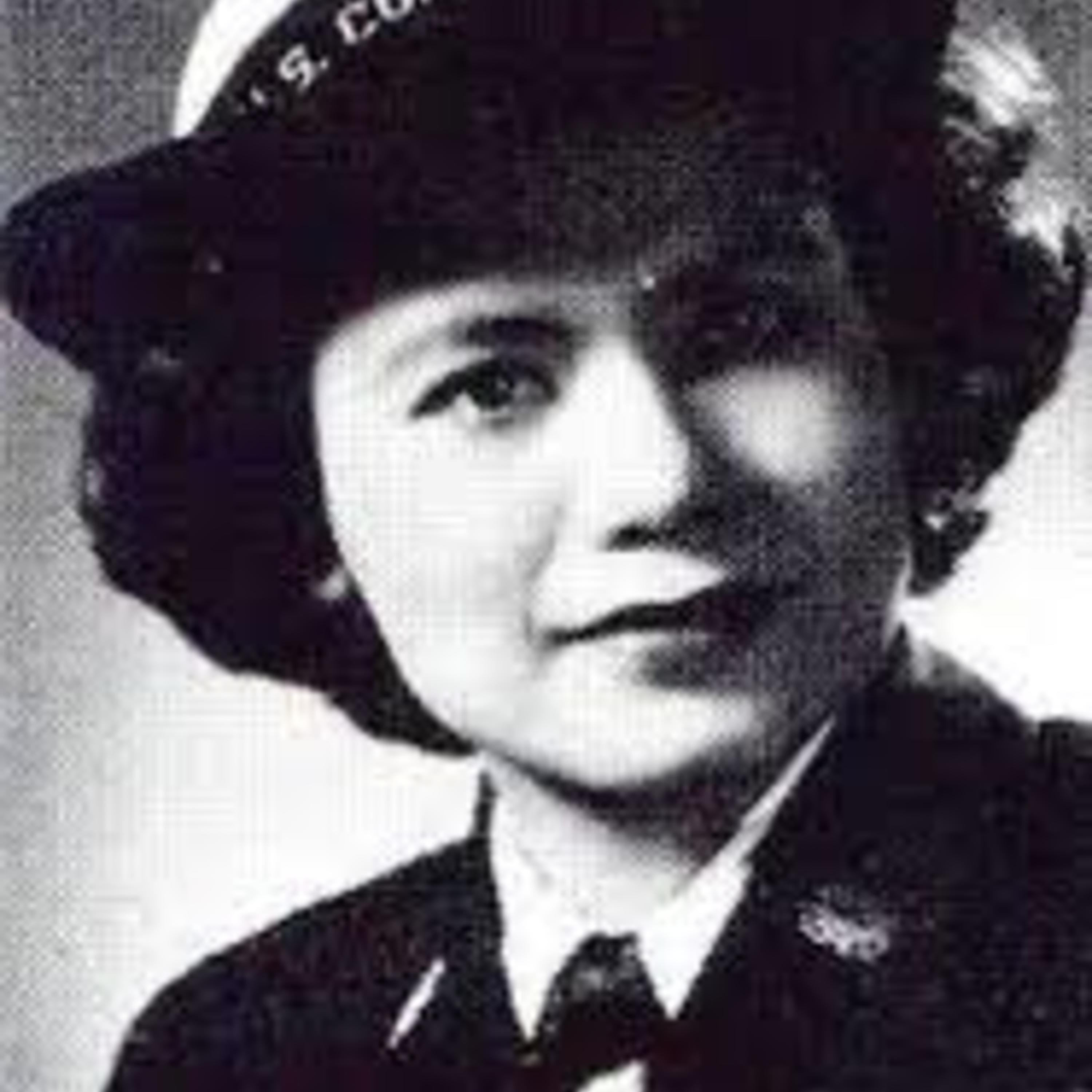United States Coast Guard and Women's Reserve
President Franklin Roosevelt signed a law into action on November of 1942, that allowed the U.S. Coast Guard to legally enlist women. United States Coast Guard and Women's Reserve (SPARS), was initially named the WORCOGS. It was soon changed in an effort to play on the Coast Guard motto, Semper Paratus, meaning: always ready.
The first batch of recruits featured a total of thirty four women. These women were in the Navy's WAVE program, but got transfered to the SPARS recruitment office due to low enlistment at SPARS. Not long after, the U.S. Coast Guard set up its own recruitment offices in twenty seven states to increase enlistment numbers.
SPARS video clip: https://www.youtube.com/watch?v=ZIhLQ6FIcyg&feature=youtu.be
Thirteen positions were open to the SPARS. Two of the most essential jobs were the Parachute Rigger, who tested and packed parachutes, and the Link Trainer Instructor, who ran the flight simulators used to train new pilots. In 1943, a special group of SPARS women were chosen to take over a LORAN station. This was a navigation system that used low-frequency radio waves to allow passing Allied ships to geolocate themselves accurately.
The initial wave of recruitment targeted primarily young white women. The SPARS recruitment posters and films that were advertised often reflected gendered expectations regarding how a woman should look and act as a part of the U.S. Coast Guard.
In 1944, the Coast Guard opened enlistment to African American women. The first African American woman to enlist was Olivia Hooker. Hooker signed up for the Coast Guard after being rejected by the Navy WAVES due to her race. Throughout World War II, a total of five African American SPARS women served. A Coast Guard mess hall in Staten Island and a training building were named in honor of Olivia Hooker in 2015.
Interview with Olivia Hooker: https://www.youtube.com/watch?v=1stECk9a8S4&feature=emb_logo
Another brave women, Florence Finch was the first Filipina-American to serve in SPARS and was also the first woman to receive the Asiatic-Pacific Campaign Ribbon for her heroism in the Philippines. After her husband was killed by Japanese soldiers, Finch began helping resistance fighters and American prisoners of war in an effort to avenge her husband's death. In the process, she was captured, tortured and imprisoned. She was rescued in 1945 and immediately after joined SPARS. She served until the program was demobilized in 1947 and was honored with the Medal of Freedom the same year.
The story of Florence Finch: https://www.youtube.com/watch?v=w8tFocg_-cA&feature=emb_logo
During the disbandment of SPARS, a small group of women came together to write a book, Three Years Behind the Mast, to shed light on what life was like in the U.S. Coast Guard as women.
In 1949, women were again allowed to join the Coast Guard as SPARS and soon after were cleared for active duty work. Finally, in 1973, SPARS was officially disbanded and women were integrated into one unified United States Coast Guard.

